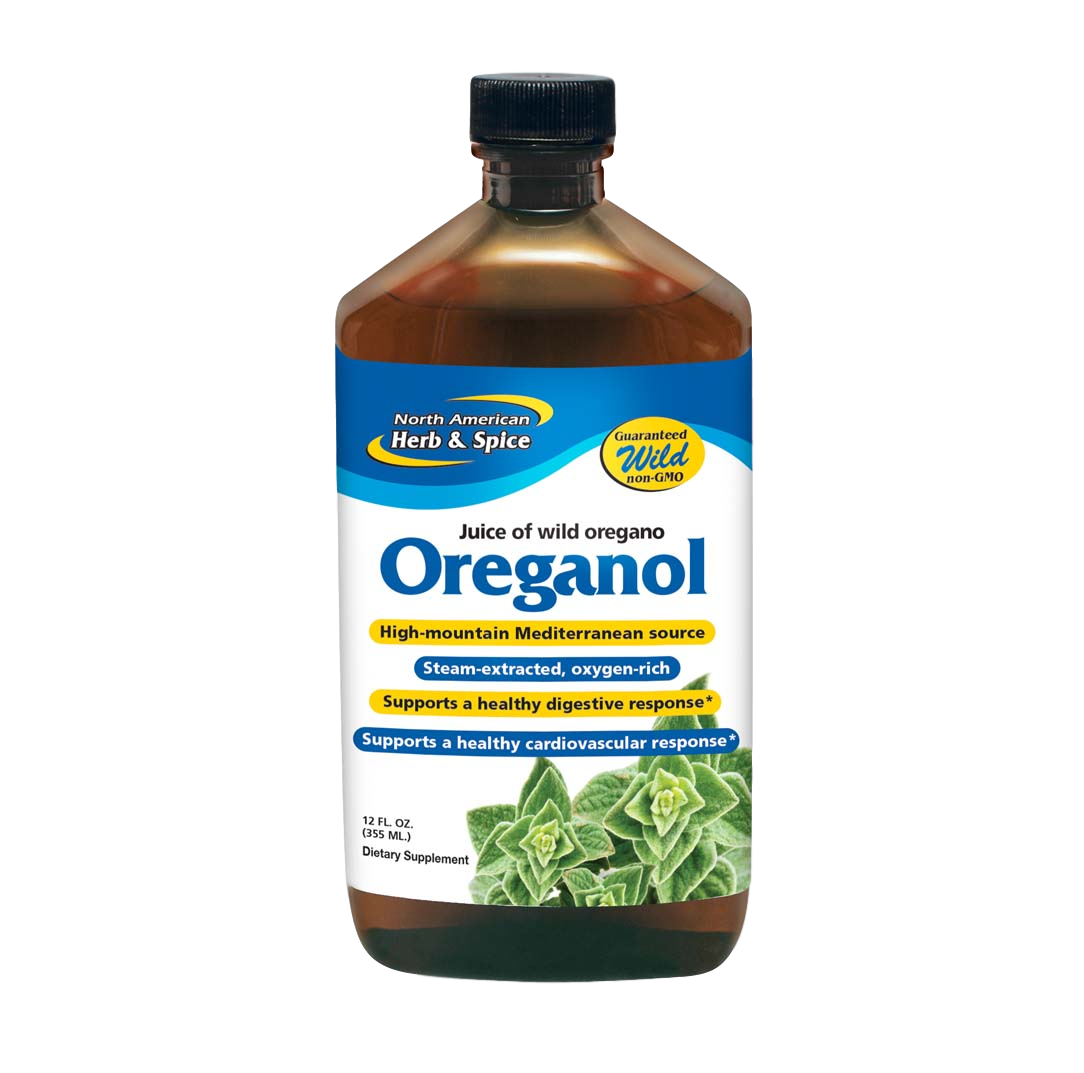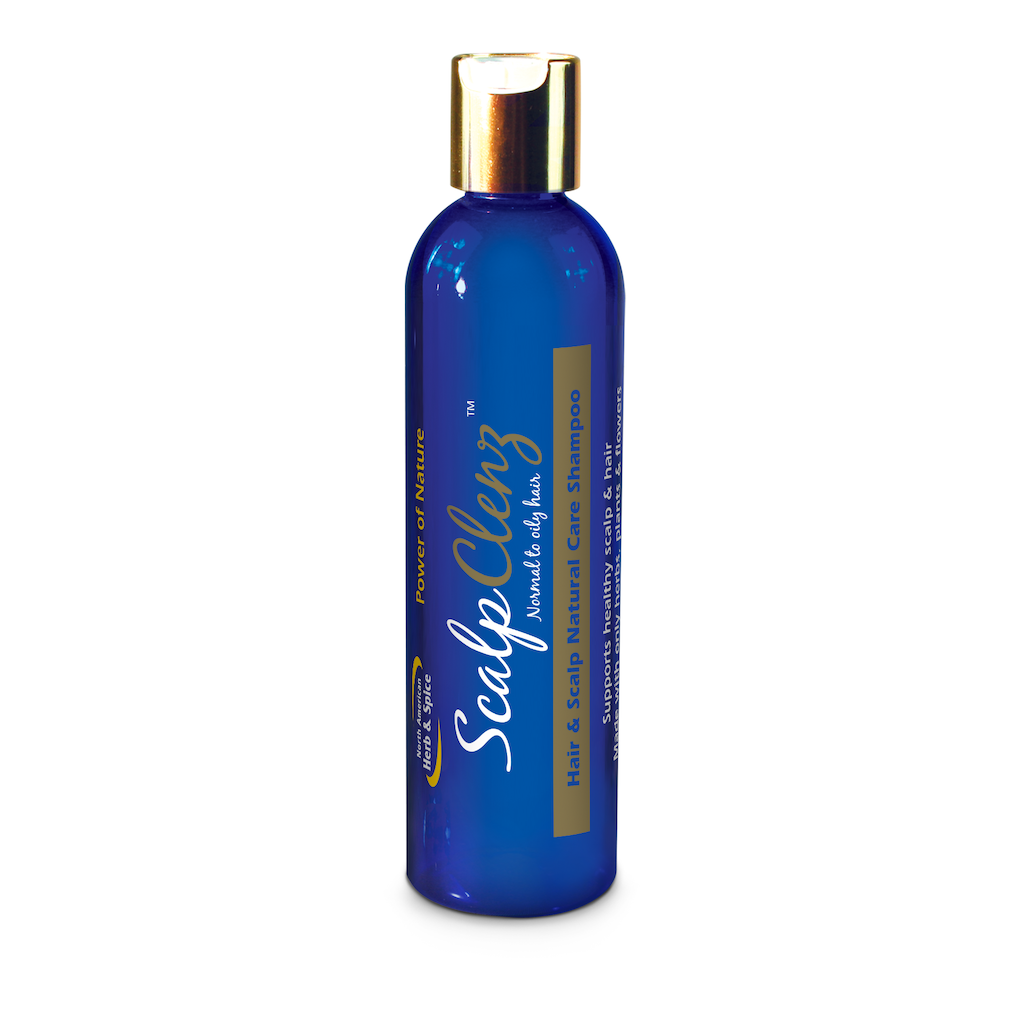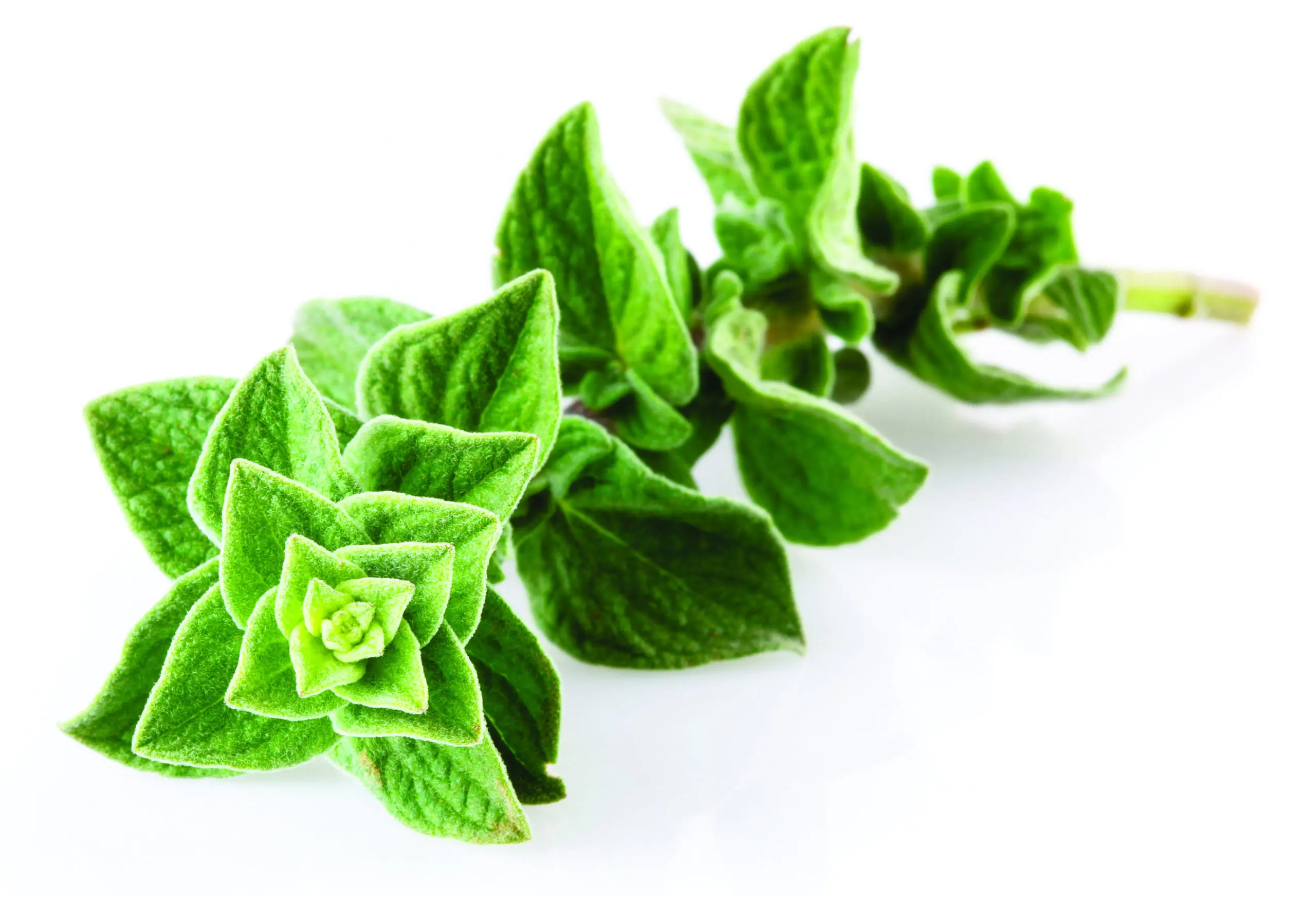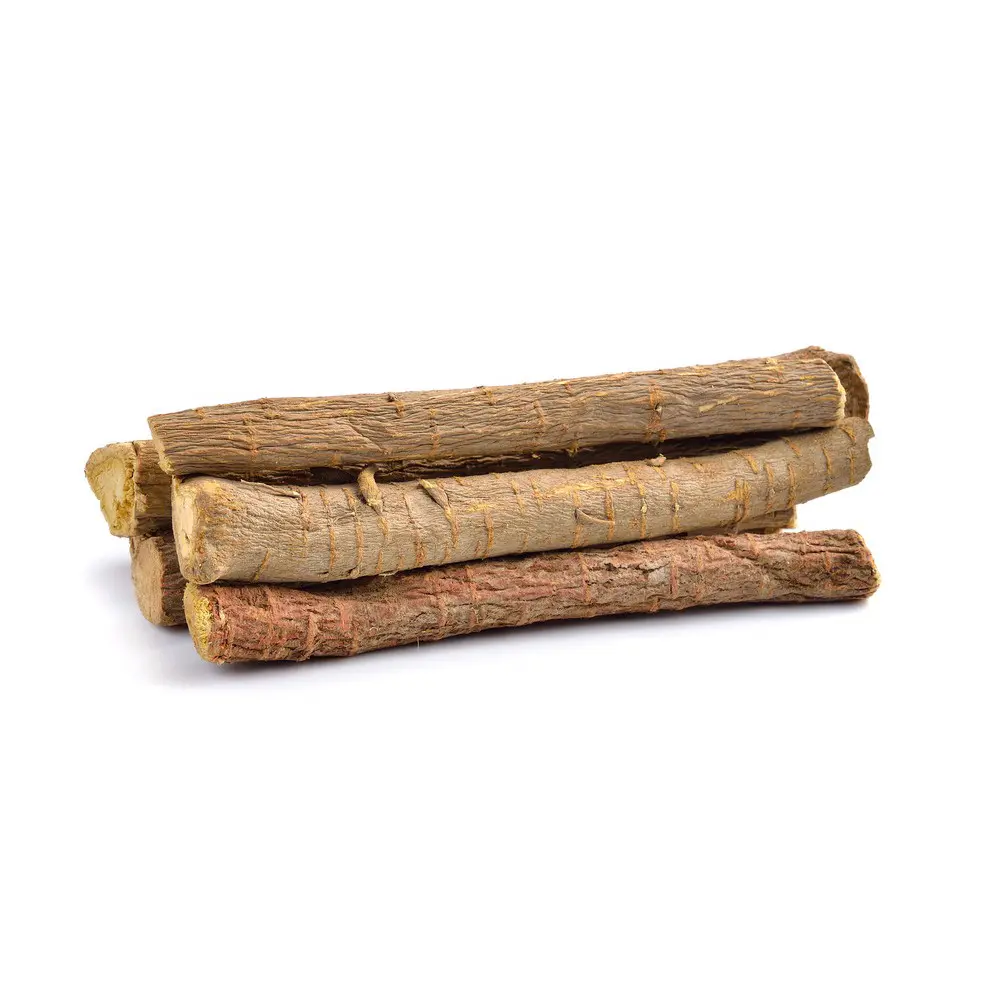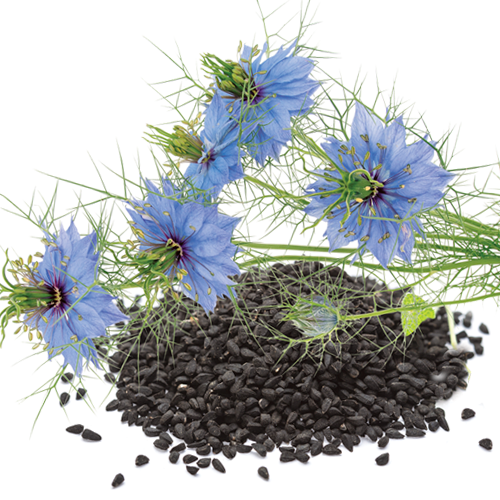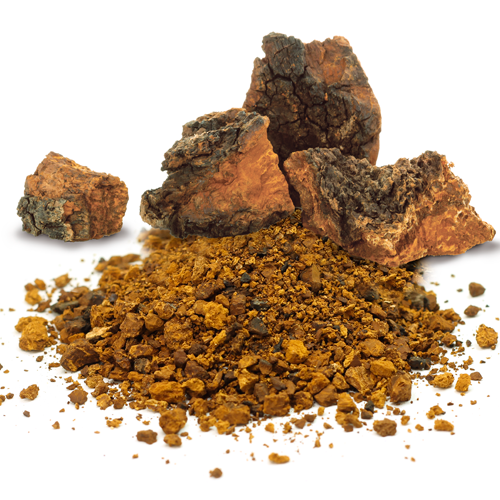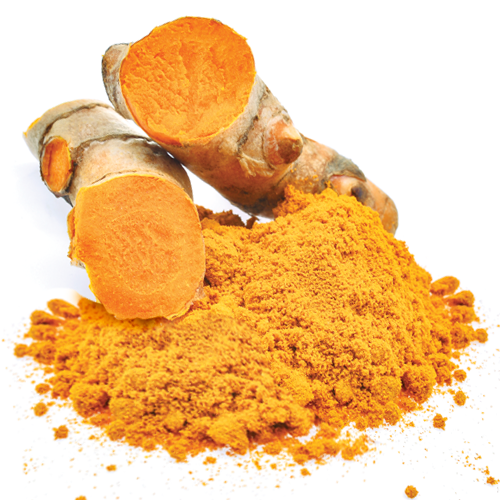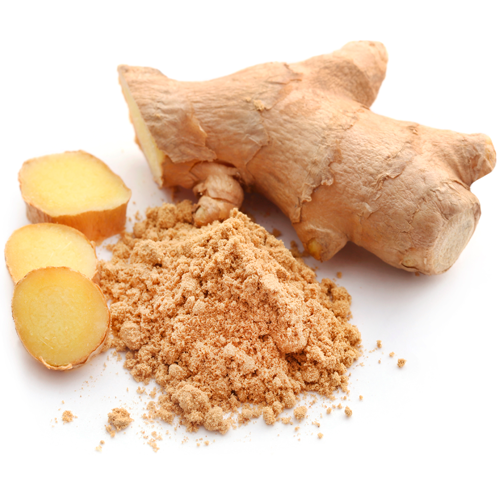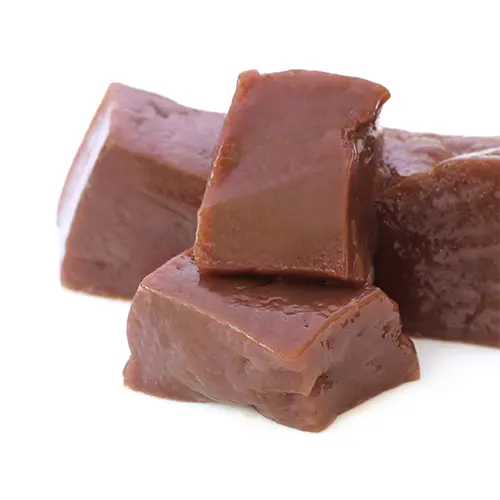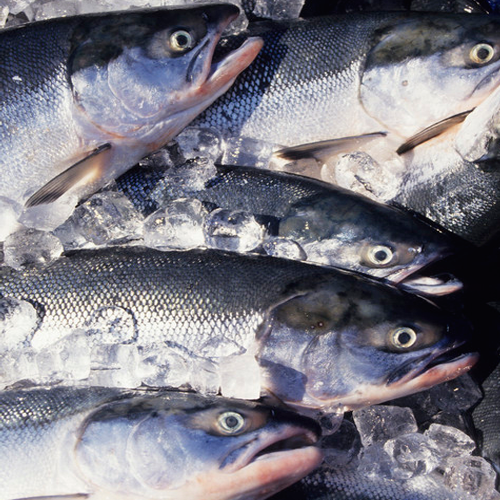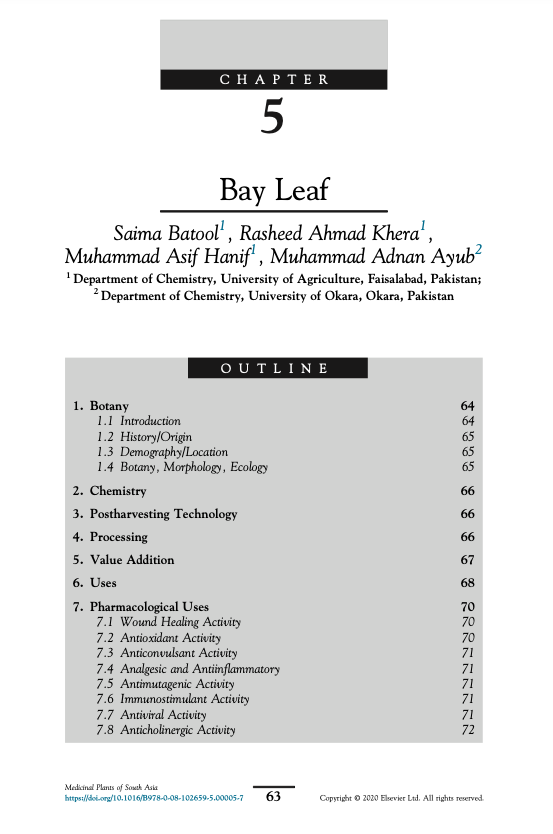
Bay Leaf Overview
Bay leaf (Laurus nobilis) (Fig. 5.1) is an evergreen perennial shrub that belongs to the laurel family (Lauraceae). It has been used for 1000 years, and it is an essential ingredient in cooking and in many traditional practices (Parthasarathy et al., 2008). The genus Laurus has a range of 24,00 to 25,00 species, and their varieties are native to the Southern Mediterranean region, the subtropics and tropics of Eastern Asia, South and North America, the Balkans, and Asia Minor. The great variability among species is largely attributed to the uncertainty in the exact number of species. Due to the morphology, flower color, growth habitat, leaves, stems, and chemical composition, variability is found. Two laurel species are traditionally found: Laurus azorica and L. nobilis. There are number of plants outside the genus Laurus with the common name bay laurel, including bay rum tree, or simply bay (Pimenta racemosa) (Akgu ̈l et al., 1989). L. nobilis is known by different names. In Urdu, it is known as teejh pat. In English, it is typically called bay leaf or sweet bay. In Arabic, it is known as waraq ghaar. In German, it is known as lorbeer. In Greek, it is called dafni. In India, specifically in Hindi, it is called teejpatta. In Meghalaya, bay leaf unit production ranges from 30 to 70 kg per tree per year, but in Nepal, the average range is 13 kg of the dry leaves. About 900 tons of bay leaf are produced in Udaipur district, and 2100 tons are exported by Nepal to India (Choudhary et al., 2014). Aegean and Eastern Mediterranean regions are the biggest collection areas of bay leaf for export (Nurbas ̧ and Bal, 2005). Turkey exported 4869 tons of bay leaf to the United States in 2002 (Deniz, 2012).







